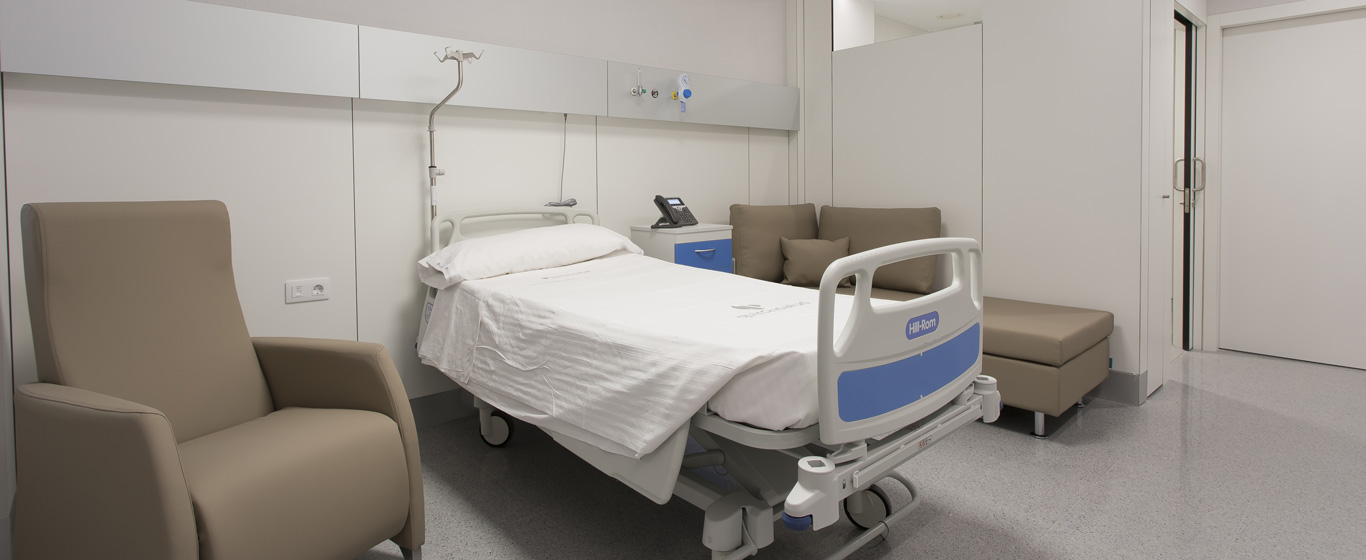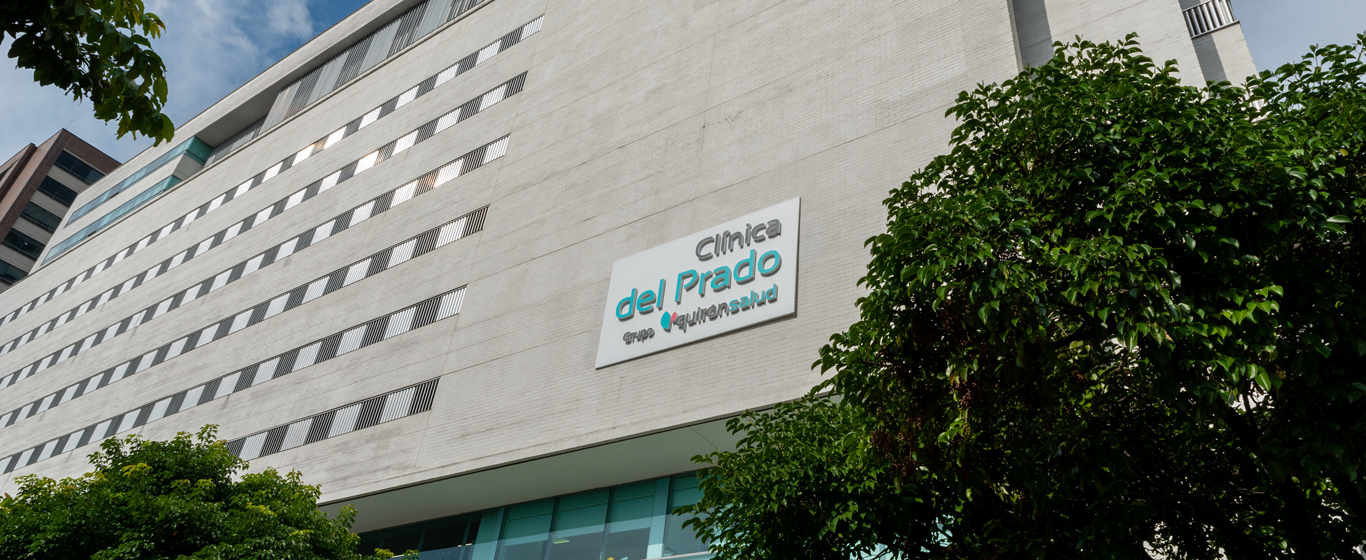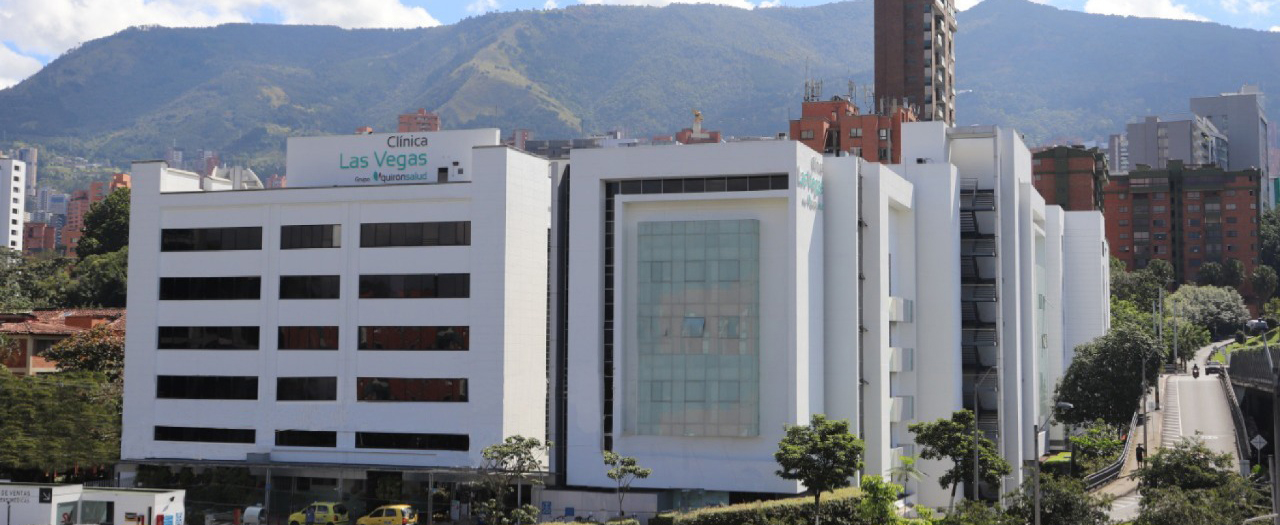Lumbar Puncture
A lumbar puncture involves the use of a fine needle to obtain a sample of cerebrospinal fluid. In the laboratory, this fluid is analyzed to rule out or diagnose diseases or to monitor the patient’s health. It can also be used as a therapeutic method.

General Description
A lumbar puncture, also known as a spinal tap, is a procedure in which a fine, hollow needle is inserted into the lower part of the spine (typically between L3 and L4 or between L4 and L5) to extract samples of cerebrospinal fluid (CSF). CSF is present in the space between the brain and spinal cord as well as in the meninges, which are the membranes surrounding these structures.
This technique can serve a diagnostic purpose, as analyzing cerebrospinal fluid helps diagnose various diseases and provides information about a patient’s overall health. It is also used for therapeutic purposes, as the procedure allows for the administration of certain medical treatments.
When Is It Indicated?
A spinal tap is indicated in various cases:
- Collecting CSF samples and analyzing them in the laboratory.
- Measuring CSF pressure in the spinal canal and relieving pressure in cases of intracranial hypertension.
- Injecting medications, such as chemotherapy.
- Administering contrast agents for certain imaging tests.
- Delivering epidural anesthesia.
A lumbar puncture is used to diagnose nervous system conditions (such as multiple sclerosis or radiculopathies), infections (such as meningitis, encephalitis, or neurosyphilis), cancerous cells (such as leukemia, spinal cord cancer, or brain tumors), or hemorrhages in the cerebrospinal fluid.
How Is It Performed?
Since this is a minimally invasive procedure, general anesthesia is not required, nor is an operating room necessary. In a sterile room, the designated area is disinfected, and local anesthesia is applied. Then, a fine, long needle is inserted into the most appropriate intervertebral space depending on the patient’s anatomy. The cerebrospinal fluid can be collected either by allowing it to drip into a test tube placed beneath the needle’s tip or by aspiration using a syringe attached to the end of the needle. To prevent infection, a bandage is applied to the puncture site.
When the purpose of the lumbar puncture is to analyze cerebrospinal fluid, the sample is sent to a laboratory in a sealed container, where its appearance and the presence of various substances such as proteins, glucose, infectious agents, or cancerous cells are examined to produce a diagnostic report.
Risks
In most cases, this procedure does not cause complications when performed correctly. The lumbar puncture is conducted in a region where the spinal cord is not present, eliminating the risk of spinal cord injury.
One common side effect is a headache, which typically lasts for 24 to 48 hours after the procedure and can be alleviated with pain relievers. In rare cases, an infection, bleeding at the puncture site, or nerve damage near the area where the needle was inserted may occur.
What to Expect from a Lumbar Puncture
A lumbar puncture does not require hospitalization, as it is performed on an outpatient basis. On the day of the procedure, wearing comfortable clothing that is easy to remove is recommended, as the patient will need to wear a gown provided by the medical center.
To perform a lumbar puncture, the patient is positioned in a way that facilitates access to the intervertebral space. Depending on the procedure:
- Lying on the side in a fetal position with the head bent forward.
- Sitting with the body slightly leaned forward and the head resting on the chest.
The procedure can be performed with or without anesthesia:
- Topical anesthesia (spray): The patient feels a cold sensation on the back.
- Subcutaneous anesthesia: A slight stinging sensation is felt after the injection.
- Without anesthesia: The patient experiences pressure when the needle is inserted and a brief, mild pain similar to a blood draw while the fluid sample is obtained. Some individuals report a sensation similar to an electric shock running down the leg when the needle is inserted.
A spinal tap usually lasts between 10 and 20 minutes. Afterward, the patient must remain under observation and rest for about an hour. Once routine activities are resumed, strenuous efforts and intense exercise should be avoided for the rest of the day. Returning to work is possible as long as it does not involve physical exertion. The specialist may prescribe pain relievers to ease headaches, which, if severe or accompanied by dizziness and vomiting, require medical attention.
Results are usually available within 48 hours.
Specialties That Request a Lumbar Puncture
Neurologists and neurosurgeons are typically the specialists who request a lumbar puncture, though oncologists may also order the procedure. When used for sedation, it is performed by anesthesiologists. The laboratory analysis is conducted by pathologists.
How to prepare
Generally, no special preparation is required for a lumbar puncture, although patients on anticoagulant therapy must discontinue their medication in the days leading up to the procedure.
If general anesthesia is required due to the patient’s medical condition, fasting is necessary beforehand.






































































































